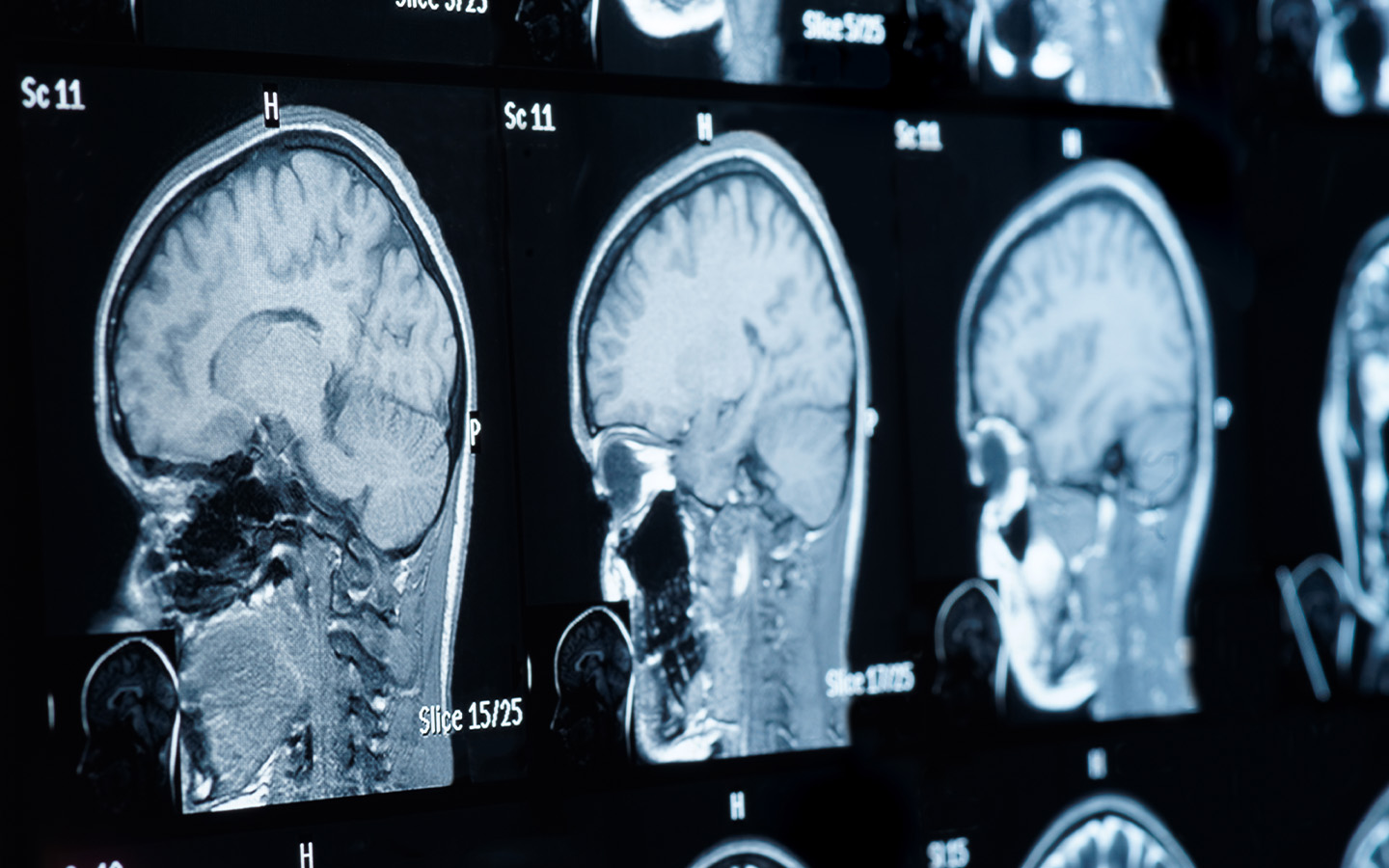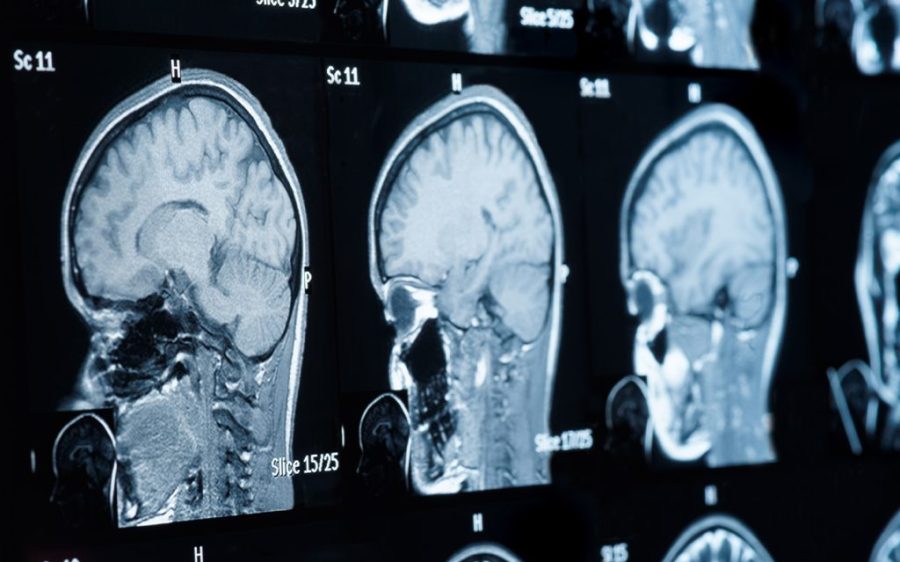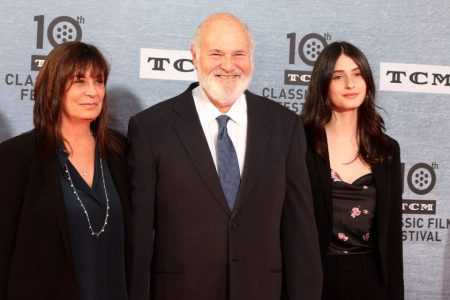A 12-year-old British boy became the first epileptic child to be surgically fitted with a novel neurostimulator last October, and – seven months later – it appears the device is successfully reducing the frequency of his seizures.
Oran Knowlson’s mother, Justine, told the BBC that her now-13-year-old son had a “much better quality of life” since the surgery, which took place in London. Previously, she had said Oran’s syndrome had “robbed him of all of his childhood.”
The neurostimulator had reportedly cut Oran’s daytime seizures by 80 percent and made his night-time seizures shorter and less severe. Justine said she feels like she is “definitely getting [her son] back slowly.”
[See more: A deadly infection is on the rise in Japan]
Oran developed a treatment-resistant form of epilepsy called Lennox-Gastaut syndrome at age three. Since then, the number of seizures he suffered each day ran from two dozen to several hundred. Some were serious enough to cause the boy to stop breathing or lose consciousness.
In an attempt to reduce the frequency and severity of Oran’s seizures, a team led by consultant paediatric neurosurgeon Martin Tisdall inserted two electrodes deep into his brain during an eight-hour surgical procedure. The aim was to reach the thalamus, a key relay station for neuronal information, with a margin of error of less than a millimetre.
With the electrodes in place, their leads were connected to a 3.5 square centimetre device that was screwed into a gap in Oran’s skull where bone had been removed. The device, which aims to block or disrupt the abnormal bursts of electrical activity in the brain that cause seizures, must be recharged daily.
[See more: Extreme heat is more deadly than we thought, studies show]
Previously, most neurostimulators have been placed in epileptic people’s chests – though there is another cranially-mounted neurostimulator being used in the US. Oran is reportedly the first child to have one inserted in his skull.
According to Tisdall, this new type of device – called a Picostim neurotransmitter – “is particularly useful in children because the implant is in the skull and not in the chest”.
Oran is part of a series of clinical device trials investigating deep brain stimulation’s effectiveness on children with Lennox-Gastaut syndrome.






